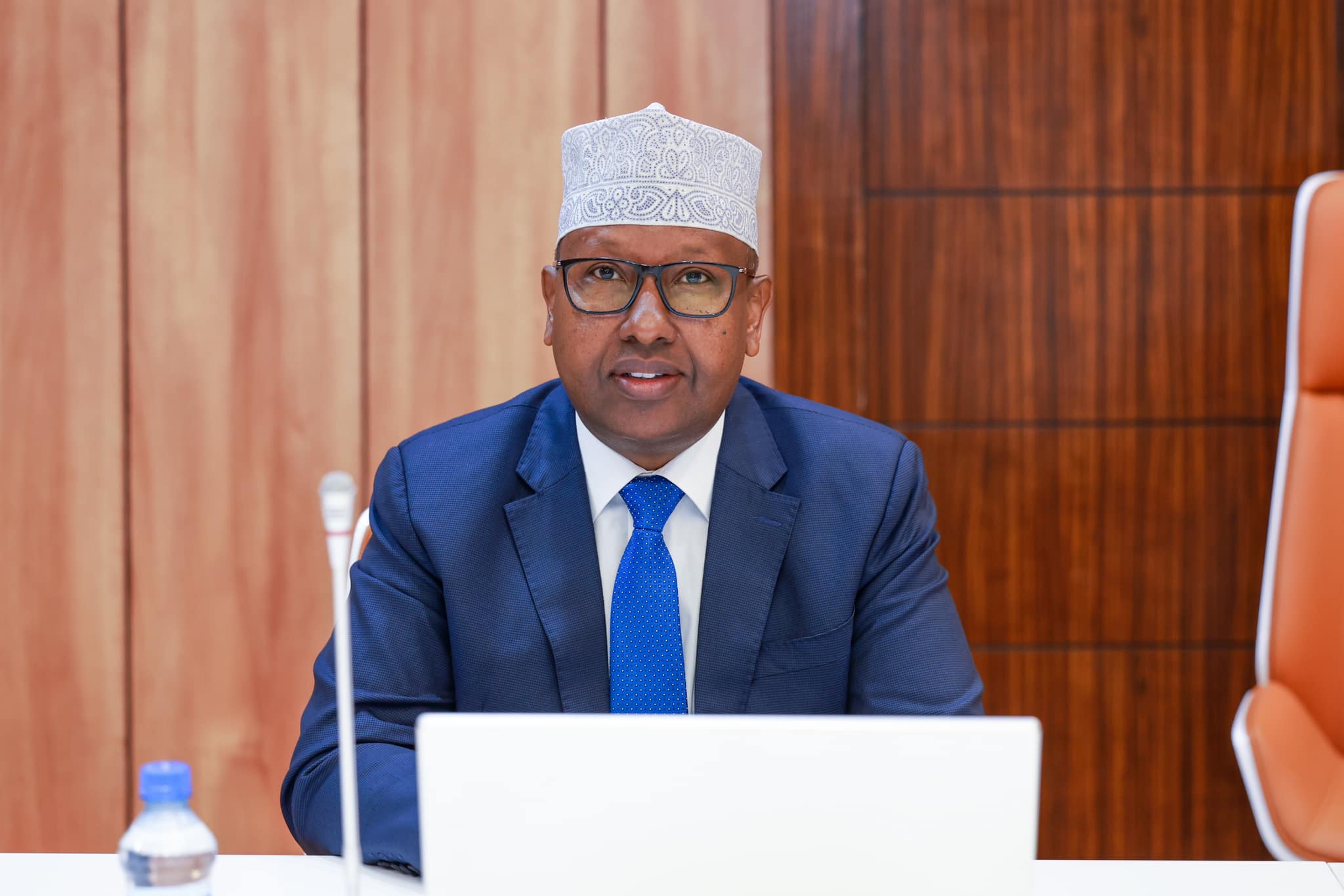Not only for Australians but for the whole world Football lovers the 2023 World Cup was close to perfect. Perfect, for many, would have been the Australia captain, Sam Kerr and not Spain’s Olga Carmona lifting the trophy. But in this country football has been associated with failure, blunder or worst of all being ignored. This tournament was something else entirely.
Spain is first-time world champions after a scintillating final performance against England in Sydney. They join Germany as the only countries to have won the men’s and women’s FIFA World Cups in history. The tournament will be remembered forever and is a huge step forward for the women’s game.
FIFA President Gianni Infantino has delivered two World Cup tournaments within nine months. He told Football Now that it’s been a successful year, and he is proud of the efforts of all those involved.
“This 2023 FIFA Women’s World Cup has simply been the best ever. Great atmosphere and full stadiums. In the streets, everywhere, the people have been joyful and happy. Australia and New Zealand have been fantastic hosts. Across the world, 2 billion viewers. In the stadiums, 2 million spectators. Many, many records were broken. We had results that we couldn’t expect. Eight newcomers. A new world champion. I mean, what do you want more?”
Australia and New Zealand have done an incredible job welcoming all the fans. This tournament has boosted football’s popularity, without a doubt. Traditionally, the Oceania region are keen Rugby enthusiasts. However, almost 40% of the New Zealand population tuned in to watch the opening game. Moments like this make a world stand still and make a World Cup truly special.
Another stand-out moment was the quarter-finals, Australia against France. Goalless after 120 minutes of high-quality football. The deciding penalty shootout was the longest and most dramatic in history. Australia took the match with a 7 – 6 win.
Cortnee Vine took the winning penalty to send the Matildas to the semi-finals. It felt like a watershed moment for the sport down under. On social media, videos showed fans celebrating like never before in that part of the world.
Early in the competition, we said goodbye to game legends Brazil’s Marta Vieira da Silva and the USA’s Megan Rapinoe. Both will be remembered for their inspiring careers and contributions to women’s football on and off the pitch. Brazil failed to make it out of the group stages. While Rapinoe missed a crucial penalty in the US’ Round of 16 game with Sweden, resigning the former champions to an early shock exit.
We saw fantastic performances from the African teams. Many entered the tournament as the underdogs, but South Africa, Nigeria and Morocco gave a solid challenge to the heavyweights along the way. The progress made on the pitch was also coupled with moments of cultural significance, as Nouhaila Benzina became the first player ever to wear the hijab at a World Cup.
The Fifa president, Gianni Infantino, dubbed it the “best and greatest and biggest” Women’s World Cup in history. On this occasion, it was hard to argue with him. An average of more than 30,000 fans attended each match. Only tournaments in the US in 1999 and China in 2007 have averaged higher. Close to 2 million tickets were sold – a record, and almost 500,000 more than initial targets.
About 400,000 people attended the Matildas’ seven matches, each one at capacity. Millions more would have gone if they could. Instead the country turned to live sites and televisions. The semi-final between Australia and England outrated the biggest television programmes since the modern ratings system was established in 2001. Bigger than Australian rules grand finals, and rugby league State of Origin matches. Bigger than either Master Chef or My Kitchen Rules. Bigger than Wimbledon tennis, the 2003 men’s Rugby World Cup final. Bigger than anything else the Commonwealth could cook up, even Harry and Meghan’s wedding.









